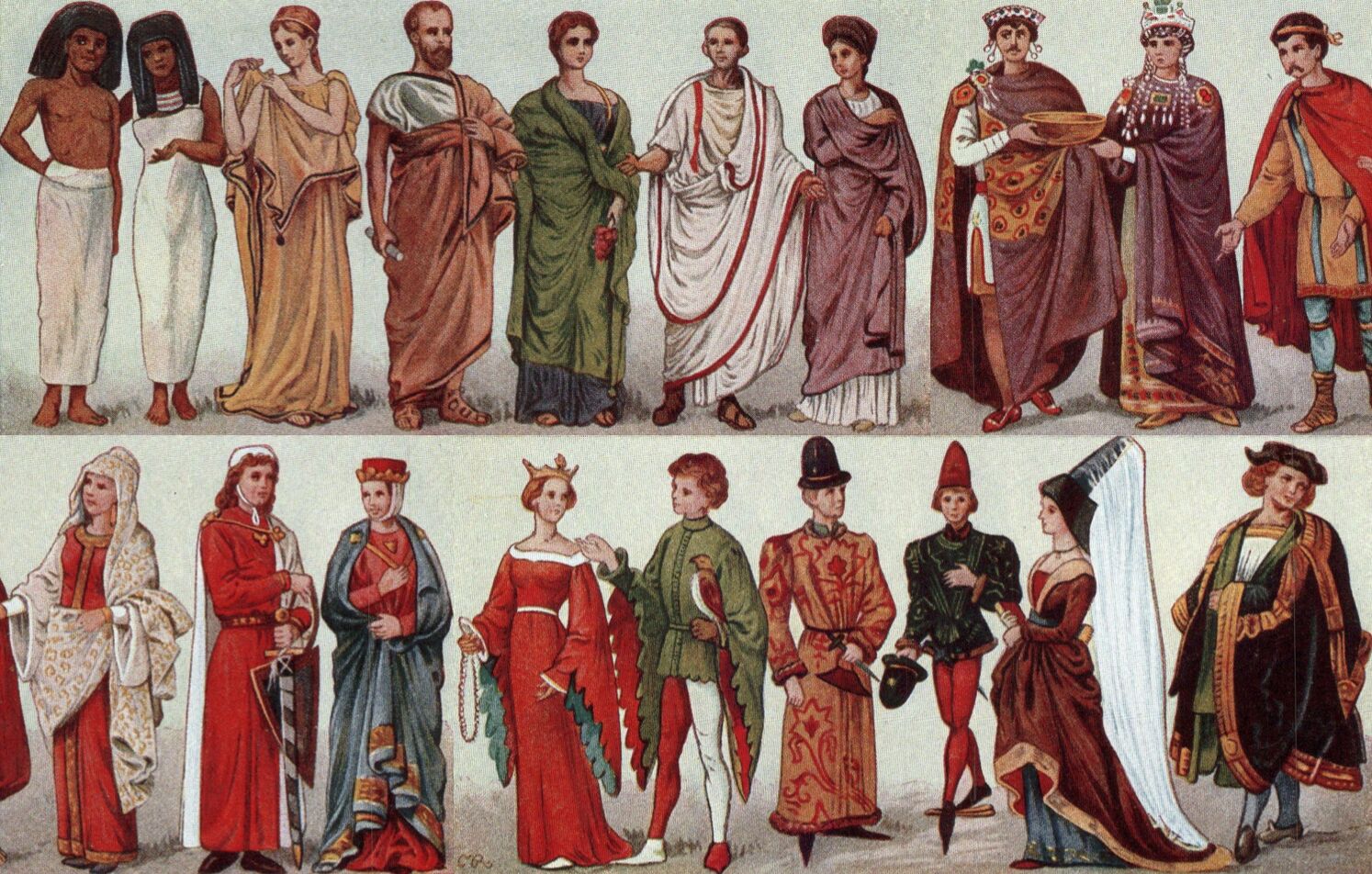How Cultural Narratives Shape National Pride and Patriotism
National pride and patriotism are emotions deeply rooted in the stories we grow up with—the cultural narratives that shape how we view our countries and ourselves. These stories, passed down through generations or built into the public consciousness, play a huge role in how we identify with our nation and feel a sense of belonging. But how exactly do these cultural narratives contribute to national pride? Let’s break it down with some examples from around the world, exploring how certain events and figures fuel patriotic emotions and help shape a collective identity.
The Power of Storytelling in National Identity
At the heart of national pride is the story of who we are as a people. Cultural narratives often take the form of historical events, folklore, or stories about key figures that define a nation’s values and beliefs. These stories act as glue, holding a society together and helping citizens feel a connection to something larger than themselves.
Take, for example, the French Revolution. The story of the overthrow of the monarchy in 1789 and the rise of the French Republic is a central part of France’s cultural narrative. It’s about liberty, equality, and fraternity—the core values that still shape French society today. The dramatic events of that period, like the storming of the Bastille, are celebrated annually on Bastille Day (July 14th), when French citizens proudly reflect on their fight for freedom. These events fuel national pride, reminding the French of their history of revolution and the enduring strength of their democratic ideals.
Historical Events as Pillars of National Pride
Cultural narratives are often deeply tied to specific historical events that not only shape a nation’s past but also fuel a sense of pride in its present and future. These events serve as reminders of struggles overcome and achievements attained, making them key to how patriotism is formed.
Example: New Zealand’s Rugby Legacy
In New Zealand, the All Blacks, the national rugby team, are seen as not just athletes, but national heroes. Their success on the world stage has become an integral part of New Zealand’s cultural narrative. The iconic Haka—a traditional Māori war dance performed by the team before each match—has come to symbolize the country’s fierce pride in its indigenous heritage and sporting prowess. When the All Blacks clinched the Rugby World Cup in 2015, it wasn’t just a sports victory; it was a triumph that united the country and reflected the resilience and spirit of the New Zealand people.
For New Zealanders, the All Blacks’ success represents the country’s commitment to excellence, teamwork, and respect for tradition. It’s a modern cultural narrative that builds national pride, blending sports with identity and culture in a way that resonates deeply with citizens.
Example: Brazil’s Resilience After World War II
For Brazil, the narrative of overcoming adversity is rooted in its resilience following the turmoil of World War II. During the war, Brazil was one of the few countries in South America to send troops to fight alongside the Allies, and its involvement is often overlooked in global discussions. However, after the war, Brazil used its military contributions as part of its national story of patriotism and resilience. This sense of pride in Brazil’s role in the war is often celebrated on Independence Day (September 7th), a day when citizens come together to honor the country’s history and the sacrifices made for national progress.
The narrative of Brazil’s post-war recovery, coupled with its rise as an economic power in the latter half of the 20th century, creates a powerful sense of unity and national pride. Brazilians take pride in their unique journey of overcoming challenges and building a prosperous future.
National Heroes and Symbols That Unite a Nation
National heroes are key figures in the stories that shape a nation’s identity. They often embody the core values of a country and are celebrated for their role in shaping the nation’s history. These heroes can be political leaders, military figures, activists, or even cultural icons.
Example: Australia’s Gallipoli Legacy
In Australia, the legacy of the Gallipoli Campaign during World War I is central to the national narrative. The story of Australian soldiers, known as the ANZACs (Australian and New Zealand Army Corps), who fought alongside the British in the Gallipoli campaign in 1915, is a powerful one. Although the campaign was a military failure, it became a symbol of courage, endurance, and mateship, qualities that are now seen as quintessentially Australian.
Every year on ANZAC Day (April 25th), Australians gather to remember and honor the sacrifices made by those soldiers, reinforcing a sense of national pride. The story of the ANZACs is not just about war; it’s about the enduring values of bravery, sacrifice, and solidarity that continue to resonate with Australians today.
Example: South Korea’s Journey to Democracy
South Korea has a rich history of struggle for freedom, which is deeply embedded in its national narrative. The country’s path from Japanese occupation to division during the Korean War, and then to democracy in the late 20th century, has shaped its sense of pride. The June Democracy Movement of 1987, when citizens protested for democratic reforms, stands out as a defining moment in modern South Korean history.
Leaders like Kim Dae-jung, who won the Nobel Peace Prize for his role in improving relations with North Korea, and the students who risked their lives for democracy, are celebrated as national heroes. The annual Independence Movement Day (March 1st) and Gwangju Uprising Memorial Day (May 18th) are occasions when South Koreans reflect on their country’s hard-fought progress toward democracy, and their pride in their nation’s resilience.
Modern Narratives and Their Impact on Patriotism
In today’s world, cultural narratives are also shaped by modern achievements, often through events that bring people together in celebration. These contemporary moments, like athletic successes or national achievements in other fields, continue to strengthen national pride.
Example: 2010 FIFA World Cup in South Africa
The 2010 FIFA World Cup held in South Africa marked a significant moment in the country’s post-apartheid history. It was the first time the World Cup was hosted by an African nation, and the event symbolized South Africa’s emergence onto the global stage as a united and democratic country. For South Africans, this was more than just a sports event—it was a demonstration of national unity, pride, and potential.
The World Cup gave South Africans a chance to showcase their hospitality, culture, and identity on the world stage. The celebrations and the sense of collective achievement that followed the event had a profound impact on national pride, making South Africa’s victory about more than just soccer—it was about proving the power and resilience of the country as a whole.
Conclusion: Cultural Narratives as the Foundation of National Pride
At the heart of every nation’s pride lies the narratives—the stories of struggle, triumph, and identity—that define who its people are. Whether it’s the revolutionary fervor of France, the athletic excellence of New Zealand, or the enduring resilience of South Korea, cultural narratives help to shape and sustain national pride. These stories remind citizens of their shared past, instill values that unite them, and give them a reason to feel proud of their country, its history, and its future.
As we move forward in an increasingly interconnected world, these narratives will continue to evolve, reminding us that no matter where we come from, we share a deep connection to the cultures that define us. And in the telling of these stories, we find the roots of our patriotism.





One thought on “How Cultural Narratives Shape National Pride and Patriotism”